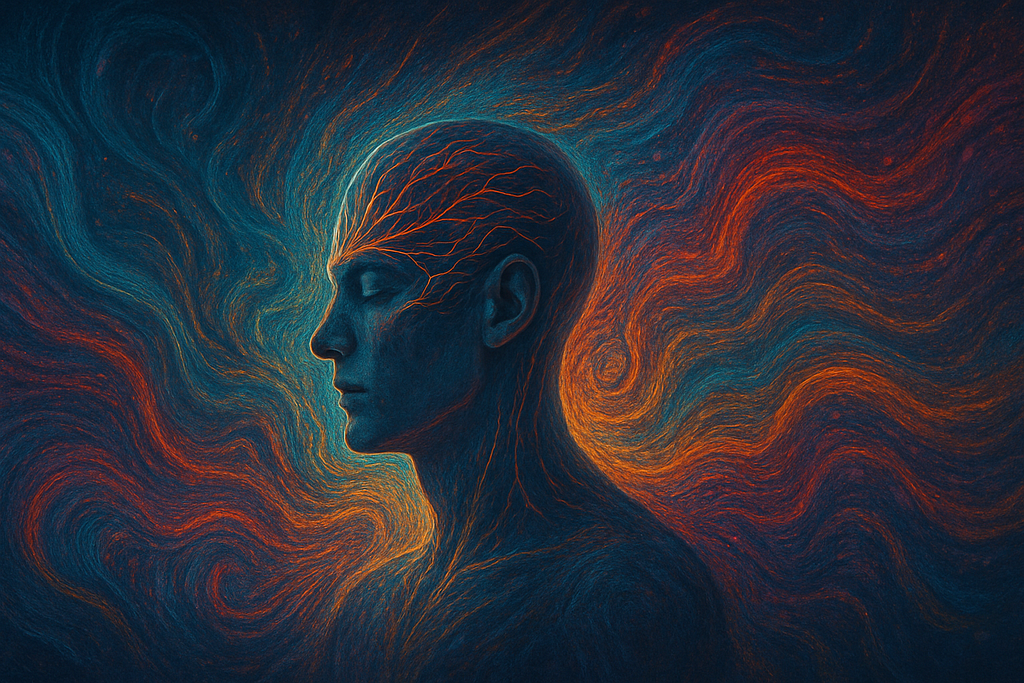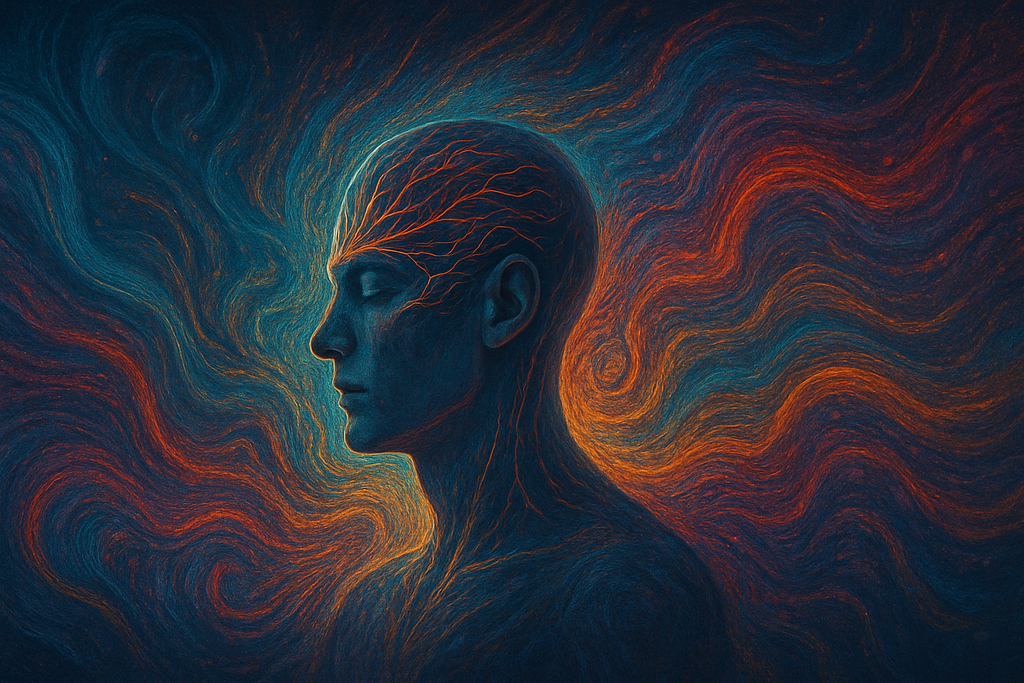The Sensorial Revolution: When Brands Break Through Reality’s Boundaries
The sensorial revolution is transforming the relationship between brands and consumers. Luxury is no longer defined by exclusivity or physical presence alone. Technology is dissolving the boundaries between digital and tangible. Today, entering a flagship store can mean stepping into a historical recreation, a virtual atelier, or a branded digital universe. In Tokyo, visitors to Louis Vuitton experience the sights, sounds, and scents of the 19th-century workshop through immersive VR. Millions of people have spent countless hours exploring similar brand worlds, with Sephora’s Virtual Artist alone generating over 8.5 million visits in its first 18 months.
This shift is measurable. Sephora’s AR mirrors have increased conversion rates by up to 90% compared to traditional shoppers, while AR mirror trials led to an estimated 31% increase in sales. Digital engagement builds confidence and desire, leading to larger purchases. Maya’s story of finding her perfect lipstick in three minutes with AR, then buying a complete look in another country, is now common.
Automotive brands are also redefining engagement. BMW’s collaboration with Meta created Mixed Reality experiences where the car itself becomes the controller, blurring the line between physical and digital. BMW M Mixed Reality allows customers to race through virtual landscapes while sitting in real BMW M4 vehicles. In fashion, Gucci’s virtual garden in Roblox attracted over 20 million visitors despite being available for only two weeks, converting virtual curiosity into real-world demand.

Technological innovation drives these experiences. Haptic gloves now simulate over 135 distinct tactile sensations, making the digital touch of silk, leather, or cashmere nearly indistinguishable from the real thing. Audio technology like Google’s Resonance Audio creates spatial soundscapes that deepen emotional engagement by over 40%. Brands like Hermès allow customers in Paris to feel the texture of a handbag displayed in Tokyo, collapsing geography and time.
This evolution is driven by a generation for whom the distinction between digital and physical is irrelevant. Three-quarters of Gen Z have used VR technology, and 72% of Millennials prefer spending on experiences over material goods. In Asia, immersive technologies are accelerating at more than 35% each year. Affordable devices and ultra-fast networks have eliminated friction. 91% of businesses have adopted or plan to adopt VR/AR technology in their operations.
The business case is clear. Brands investing in immersive marketing report overwhelmingly positive returns, with 71% seeing positive ROI and 38% experiencing increases over 20%. By 2030, the AR/VR marketing sector is projected to reach $29.7 billion. The leaders are not just using new tools. They are reimagining what it means to connect, inspire, and sell.
The sensorial revolution is not a prediction. It is reality. Brands that act decisively will define the next era of engagement. The rules have changed. The question is who will lead and who will follow.





